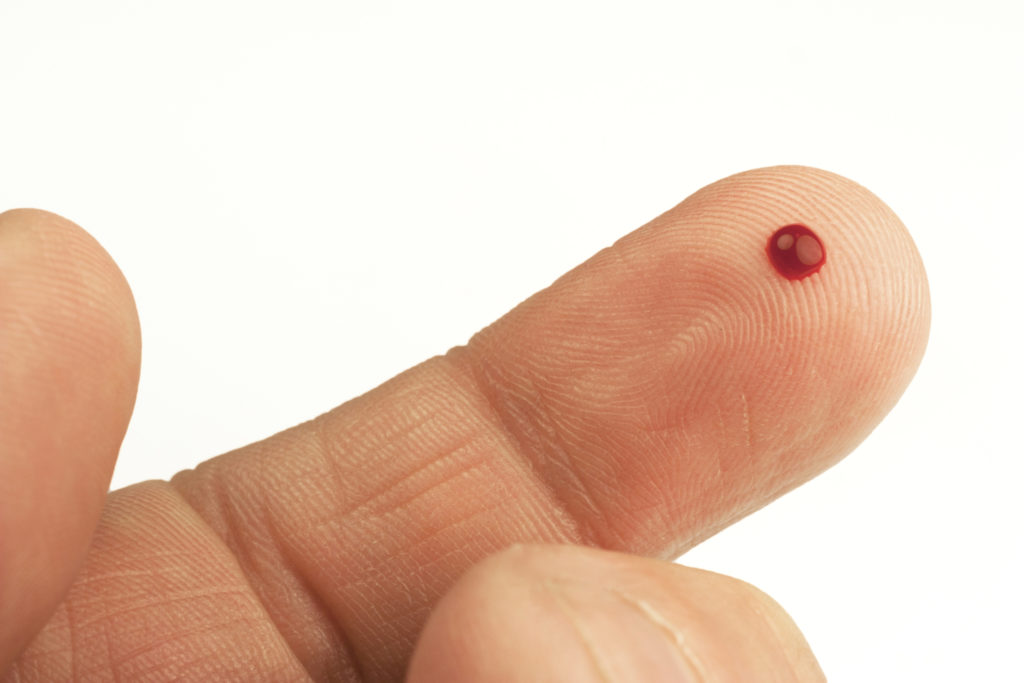For people with diabetes, even a short trip outside the home can quickly become cumbersome as they need to bring their glucose monitoring kits along. Now, electrical engineers at the University of California San Diego have developed a smartphone case with an integrated glucose meter.
The meter sends data to a smartphone app to allow diabetics to keep track of their blood glucose levels at home and while out of the house, without the need to carry around an additional device. The researchers published the details of their device in the journal Biosensors and Bioelectronics.
“Integrating blood glucose sensing into a smartphone would eliminate the need for patients to carry a separate device,” said Patrick Mercier, a professor of electrical and computer engineering at UC San Diego. “An added benefit is the ability to autonomously store, process and send blood glucose readings from the phone to a care provider or cloud service.”
Mercier and his colleagues named the device GPhone, and it’s currently in the proof-of-concept phase of development. The GPhone consists of a 3-D printed case that can be attached to a smartphone, and a reusable sensor that’s embedded to the top of the case. An attached stylus – also manufactured in a 3-D printer – contains disposable enzyme-linked pellets.
To activate the sensor, the user dispenses one of the pellets from the stylus onto the sensor, which attaches via a magnet. A drop of blood is then placed onto the sensor, which measures the glucose level and transmits the readout to the related Android app via Bluetooth.
The test itself takes about 20 seconds, after which the pellet can be disposed of. The stylus currently holds a sufficient number of pellets for 30 tests, at which point it needs to be refilled.
The team tested the device with various known concentrations of glucose and found that it was accurate. While this device shows promise for reducing testing burden among diabetic patients, the researchers believe the technology could be applied to solve many different problems.
“This system is versatile and can be easily modified to detect other substances for use in healthcare, environmental and defense applications,” said nanoengineering professor Joseph Wang.
As with any new technology, the engineers have a few bugs to work out before the system can be used by actual patients. Because of their specialized design, the enzyme-linked beads could initially more costly than traditional glucose test strips, however the 3-D printed phone case itself is already inexpensive to manufacture.
In addition, the device requires 12 drops of the sample in order to return a device, so Mercier and Wang will need to work on the sensitivity of the device to get it down to a single drop of blood. But the research team have lofty goals; they plan to one day integrate the blood glucose sensor into the design of the smartphone itself, to eliminate the need for the case.












Join or login to leave a comment
JOIN LOGIN